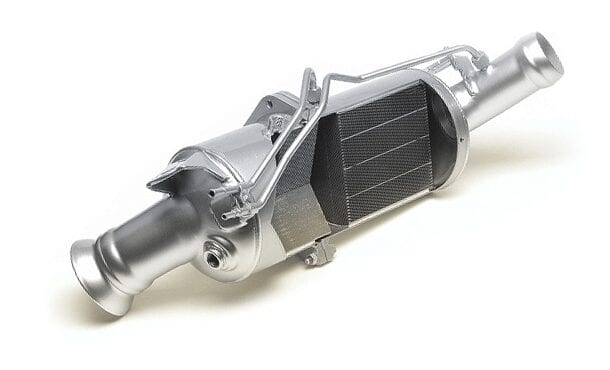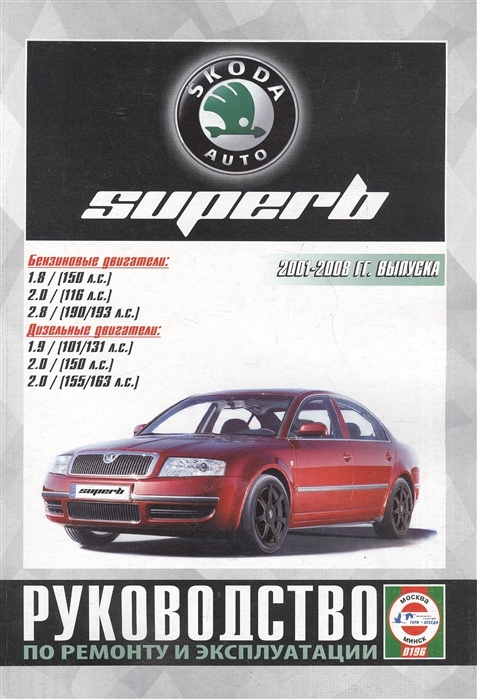
GPF filter - how is it different from DPF?
Content
GPF filters are increasingly appearing in new vehicles with gasoline engines. This is almost the same device as the DPF, has exactly the same task, but works in different conditions. Therefore, it is not entirely true that GPF is the same as DPF.
In practice, since 2018, almost every manufacturer has had to equip a car with a gasoline engine with direct fuel injection with such a device. This kind of power makes petrol cars are very economical and therefore emit little CO2. The other side of the coin high emissions of particulate matter, the so-called soot. This is the price we have to pay for the economy of modern cars and the fight against carbon dioxide.
Particulate matter is extremely toxic and harmful to organisms, which is why emission standards of Euro 6 and above regularly reduce their content in exhaust gases. For automakers, one of the cheaper and more effective solutions to the problem is to install GPF filters.
GPF stands for the English name for a gasoline particulate filter. The German name is Ottopartikelfilter (OPF). These names are similar to DPF (Diesel Particulate Filter or German Dieselpartikelfilter). The purpose of use is also similar - a particulate filter is designed to trap soot from exhaust gases and collect it inside. After the filter is filled, the soot is burned from the inside of the filter through an appropriate power system control process.
The biggest difference between DPF and GPF
And here we come to the biggest difference, i.e. to the operation of the filter in real conditions. Well gasoline engines work like that exhaust gases have a higher temperature. Consequently, the process of soot burnout itself may be less frequent, because. already during normal operation, soot is partially removed from the GPF filter. This does not require such stringent conditions as in the case of the DPF. Even in the city, the GPF burns out successfully, provided that the star & stop system is not working.
The second difference lies in the course of the above process. In diesels, it is started by supplying more fuel than the engine can burn. Its excess goes from the cylinders to the exhaust system, where it burns out as a result of high temperature, and thus creates a high temperature in the DPF itself. This, in turn, burns off the soot.
In a gasoline engine, the process of burning soot occurs in such a way that the fuel-air mixture is leaner, which creates an even higher exhaust gas temperature than under normal conditions. This removes the soot from the filter.
This difference between the so-called DPF and GPF filter regeneration process is so important that in the case of a diesel engine, this process often fails. excess fuel entering the lubrication system. Diesel fuel mixes with oil, dilutes it, changes its composition and not only increases the level, but also exposes the engine to increased friction. There is no need to add excess fuel to a gasoline engine, but even then gasoline will quickly evaporate from the oil.
This suggests that GPFs will be less of a hassle for drivers than DPFs. It is worth adding that the engineers of engines and their exhaust gas treatment systems already have over 20 years of experience in diesel particulate filters and these are complex structures. Currently, their durability, despite operating in much less favorable conditions (even higher injection pressure) than before, is significantly higher than in the early 2000s.
What could be the problem?
The very fact of using the GPF filter. High injection pressure, lean mixture and poor consistency (the mixture forms just before ignition) causes a direct injection engine to produce particulate matter, unlike an indirect injection engine which does not. Operation in such conditions means that the engine itself and its parts are subjected to accelerated wear, high thermal loads, uncontrolled self-ignition of fuel. Simply put, gasoline engines that require a GPF filter tend to “self-destruct” as their primary goal is to produce as little CO2 as possible.
So why not use indirect injection?
Here we return to the source of the problem - CO2 emissions. If no one was worried about increased fuel consumption and therefore CO2 consumption, this would not be a problem. Unfortunately, there are restrictions placed on car manufacturers. In addition, indirect injection engines are not as efficient and versatile as direct injection engines. With the same fuel consumption, they are not able to provide similar characteristics - maximum power, torque at low revs. On the other hand, buyers are less and less interested in weak and uneconomical engines.
To put it bluntly, if you don't want problems with GPF and direct injection when buying a new car, go for a city car with a small unit or a Mitsubishi SUV. Selling cars of this brand shows how few people dare to do so. As tough as it sounds, the customers are mostly to blame.

